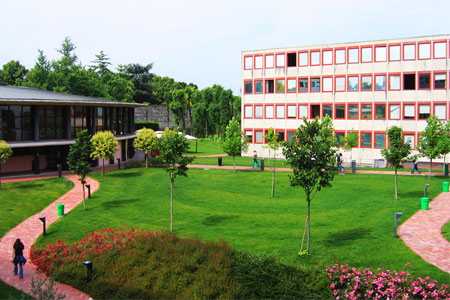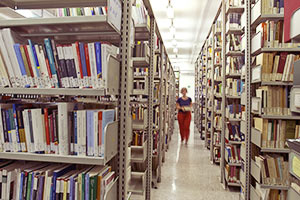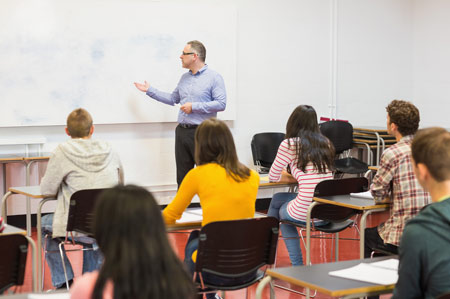Learning outcomes
The course aims to illustrate the diachronic evolution of the Spanish language, also thanks to the study of the production and circulation of texts in the Hispanic coun-tries. On completion of this course, students: – will know the epistemological foundations of the discipline and major milestones in the history of the Spanish language, from its origins to the present day; – will achieve a knowledge about the history of publishing and printing in the Hispanic context and the con-nections between this field and the history of language (such as printers’ metalinguistic comments, the establishment of typographical norms that later became part of normative spelling, the role of journalism in the diffusion of neologisms and loans); – will be able to carry out an analysis of texts in Spanish of different periods.
1) History of the Spanish language:
– History of the language as linguistic change, epistemological foundations of the discipline and tools
– Pre-Roman Iberian history and romanization of Hispania
– The Arabic influence in the Iberian peninsula
– The birth of castilian dialect
– Castilian dialect in the Middle Ages
– Castilian dialect in the Golden Age
– Spanish language in Latin America
– Spanish language in the modern age
2) History of the language and history of the science. Some intersections between the history of science and technology in the Hispanic world and the history of the language will be analysed. We will focus on lexical aspects, such as neology, semantic expansions, and loanwords from other languages.
Bibliography:
1) One of the following handbooks:
− F. Abad Nebot (2008): Historia general de la lengua española, Valencia, Tirant lo Blanch.
− A. Alatorre (2003): Los 1001 años de la lengua española, Madrid, FCE España.
− R. Lapesa (2005): Historia de la lengua española, Madrid, Gredos.
— L. F. Lara (2013): Historia mínima de la lengua española, México, El Colegio de México.
− D. Pharies (2007): Breve historia de la lengua española, The University of Chicago Press.
2) Essays (will be available at the beginning of the course).
3) Teaching aids.
The exam consists of a written test in Spanish on theoretical and practical questions related to the course program, the bibliography and the teaching aids (teaching aids will be provided in the Moodle platform).
The test consists of open-ended questions relating to detailed knowledge of the program. For students who attend class regularly, partial tests are also planned. In this case, the final grade will be obtained by calculating the mean between the partial marks.
Evaluation criteria: breadth of knowledge and skills acquired; accuracy of answers.
The results will be communicated through a notice published on the corresponding website ("Avvisi").







